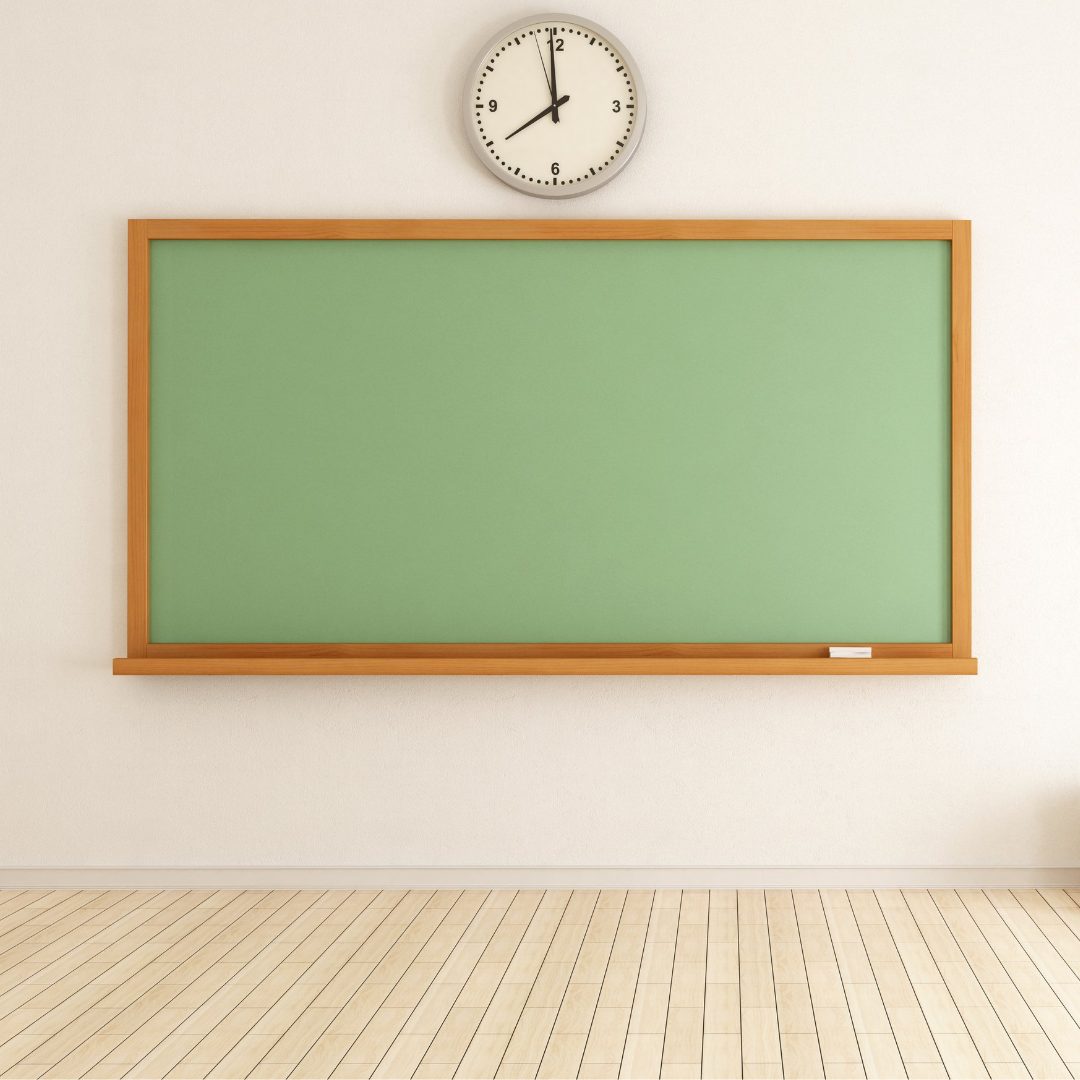Last week things were getting pretty rough in my (Lori’s) house. We were dealing with frequent hitting, kicking, throwing, pinching, yelling, and slamming doors. Despite having a reward system at home, I really wasn’t using it often. I found myself resorting to punishment. When the kids broke a rule and became physical, I took away television for the rest of the day. The thing was, though, I had not made clear expectations or rules with my kids. And, of course, when I provided a punishment, that increased behaviors, frustration, and overall sadness. It seemed like we weren’t getting out of the negative cycle! It can be really hard to change your child’s behavior!
I know this is a pattern that many of us face as parents. Fortunately, I was able to pull us all out of this negative cycle pretty quickly. I’m happy to say that the hitting and tantrums have decreased while the kindness and sharing have increased. Today, I want to talk about the straightforward and highly effective strategy I used—Praise.
Many of you might be thinking, “I praise my kids all the time. Tell me something new.” You are correct. Almost every parent praises their child naturally. You might tell them, “Great job,” or give them high-fives when they do well. But today, I want to talk about using praise strategically to change your child’s behavior.
Choose 1-3 Behaviors You Want to Teach
Think about how you want to change your child’s behavior. For me, it was hitting and yelling. However, I wanted to change that to a positive opposite. So, I focused on catching my kids when they were keeping their hands to themselves, being kind, and sharing (most of the fights were over, not wanting to share!). What is the behavior you want to change? What is the positive skill you want to teach? You can choose yours and follow these steps.
5 Do’s of Using Praise
- Do Praise enthusiastically:
When your child does something well, go overboard and use your tone of voice and body language to show that you are excited about their new skills.
- Do Praise Specifically:
This is one of the key differences between the general praise we give our kids and strategic praise. When we are being strategic, our praise is meant to teach and reinforce new skills. When you praise, rather than saying, “Great job!” you might instead say, “Great job! I love how you shared your toy so nicely with your brother!”
- Do Add Physical Touch:
After you offer your child enthusiastic and specific praise, provide physical touch. This might be a hug, a pat on the back, a kiss on the forehead, a ruffle of their hair, or a high-five. This added interaction can enhance the emotional bond with our children. My kids adore hugs and kisses and love ALL the snuggles.
- Do Praise Immediately:
If you are trying to develop a new behavior, please make sure you offer the praise right away. For instance, as soon as your child listens and follows a direction, praise. As soon as your child shares with their sister, praise. As soon as your child heads to their bedroom to cool off rather than hitting, praise.
- Do Praise in Small Increments:
Sometimes the new behaviors we are teaching our kids are complex. Take homeschooling, for example. We may eventually want to work up to an hour of schoolwork, which may be unrealistic for some children. So you might start with a lot of specific praise as soon as your child sits down and opens up the computer to start on work. Continue to provide more praise a few minutes into the task. For more specific help with homework and homeschool success, check out our online course for ADHD parenting, Creating Calm.

5 Don’ts of Using Praise
- Don’t Use General Praise:
Saying, “Good job!” or “You rock!” is terrific, and your kids will likely love it. However, it will not be effective at teaching a new behavior. Remember to be specific with your praise.
- Don’t Label Your Child as Good or Bad:
Stay away from praise or comments that are focused on your child as a person. Instead of using language like, “You are a good boy for picking up,” say, “You did an awesome job picking up all of your toys.” Avoid labeling your child as either “good” or “bad” based on their behavior.
- Don’t Make Your Love Dependent on Behavior:
Avoid language such as, “I love you when you listen to me.” Your love for your child exists despite their behavior.
- Don’t Focus on Yourself:
Avoid language such as, “You make mommy and daddy happy when you are kind to your brothers.” Your child should not feel like their behavior controls your emotions.
- Don’t Spoil the Praise:
Sometimes as parents, we will do all the right things. We will provide specific praise, encouragement, and a pat. And in just a moment, we can spoil this wonderful praise with a demeaning remark, such as, “Why can’t you always be like this?” or “Your sister always shares; I wish you would too.” Try to avoid comparisons with your other children. Keep the praise positive and pure.
Practice Makes Better (We Don’t Aim for Perfect)!
Now that you have the guidelines for effective praise to change your child’s behavior, practice this new strategy right away. Identify the skills you want to teach and praise, praise, praise. I also pair my praise with a reward system. I am the least creative person, so I use a no-frills system of stars on paper posted on the fridge. My kids can collect stars to display these new behaviors. Click here for more information on using rewards at home.
Let us know how it goes this week! And if you haven’t done so already, sign up for our FREE ADHD Parenting Guide. You will learn six keys to raising a happy and independent child with ADHD… and you will have weekly blog posts in your email!
Have a beautiful week,
Lori, Katie, and Mallory

Reference: Everyday Parenting: The ABCs of Child Rearing, Dr. Alan Kazdin






[…] Remember, praising is teaching. So if you want them to learn new skills, make sure to give them specific praise on what you see them doing well (e.g., “I love how you held the door open for me. That was so […]